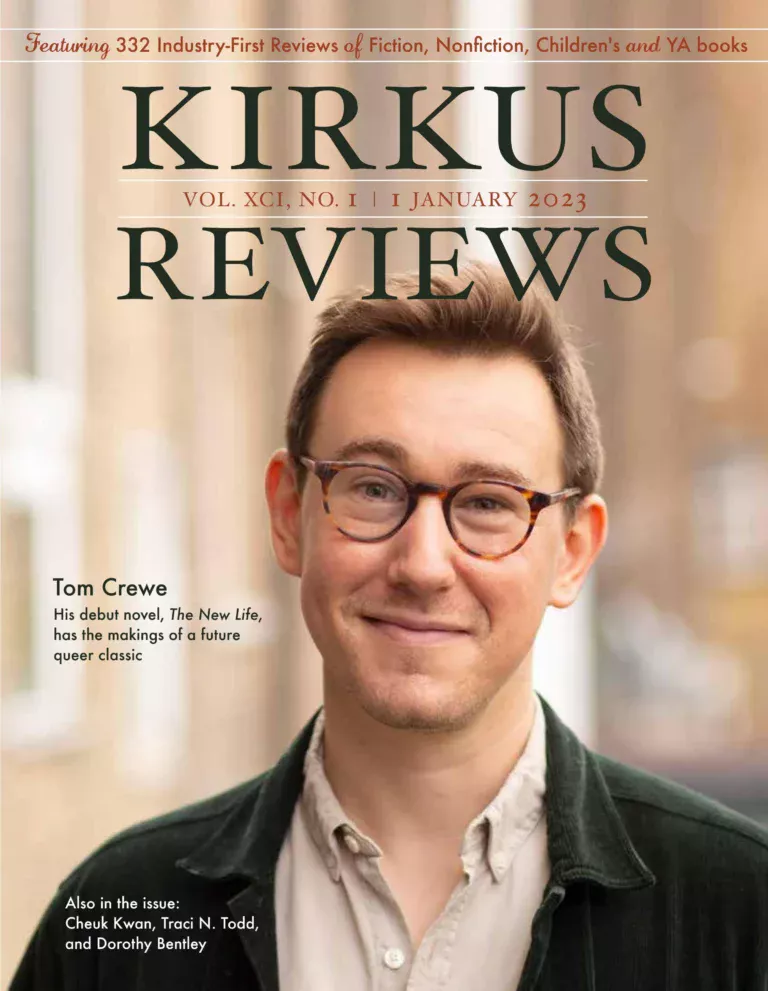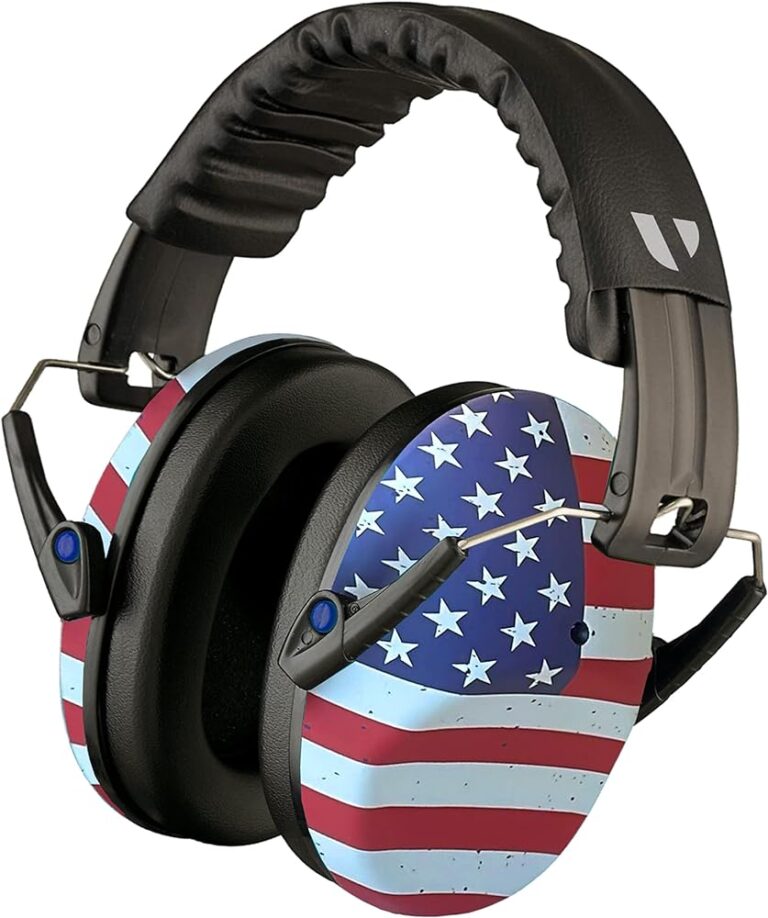How Can You Tell If a Catalytic Converter is Bad? Discover the Warning Signs!
A bad catalytic converter can be identified by symptoms like decreased engine performance, increased emissions, and a strong rotten egg smell. Catalytic converters play a crucial role in reducing harmful emissions from vehicle exhaust.
Over time, however, they can become worn out or damaged, leading to a decrease in engine performance and an increase in emissions. One surefire sign of a bad catalytic converter is a strong rotten egg smell coming from the exhaust.
This odor is caused by the build-up of sulfur compounds in the converter. Additionally, a decrease in engine power and efficiency may also indicate a faulty catalytic converter. If you suspect your catalytic converter is bad, it’s important to have it checked and replaced by a professional to ensure your vehicle meets emission standards and operates smoothly.

Credit: www.repairsmith.com
Strange Odors And Smells
One way to tell if a catalytic converter is bad is by noticing strange odors and smells. A bad catalytic converter can emit a distinctive smell that is often described as rotten eggs or a pungent sulfur-like odor. This smell occurs when the converter is not effectively converting harmful gases into less harmful substances. The presence of this odor is a clear indication that the catalytic converter is not functioning properly. When a catalytic converter is functioning correctly, it helps to reduce the emissions of harmful gases from the engine. However, when it becomes clogged or damaged, it can cause the emission of noxious gases, resulting in the smell. It is important to address this issue promptly as a malfunctioning catalytic converter can lead to reduced engine performance and increased pollution. If you notice a strong unpleasant smell similar to rotten eggs or a sulfur-like odor coming from your vehicle’s exhaust, it is highly likely that your catalytic converter is bad and needs to be replaced. Consulting a professional mechanic is recommended to diagnose and fix the issue.
Decreased Engine Performance
One of the signs of a bad catalytic converter is decreased engine performance. Poor acceleration is a common issue that can be caused by a faulty catalytic converter. When the converter is not functioning properly, it can restrict the flow of exhaust gases, leading to a reduced engine power and slower acceleration. Another symptom to look out for is difficulty starting the engine. A failing catalytic converter can cause a buildup of pressure in the exhaust system, making it harder for the engine to start. It is important to address these issues promptly as a malfunctioning catalytic converter can negatively impact the overall performance and efficiency of your vehicle.
Check Engine Light And Diagnostic Trouble Codes
The check engine light in your car is an important indicator that something is not functioning properly. When the light turns on, your car’s onboard diagnostic system has detected a potential issue, and it’s crucial to pay attention to it. There can be various meanings associated with the check engine light, and having a basic understanding of these meanings can help you diagnose any potential problems with your car.
One common cause of the check engine light turning on is a faulty catalytic converter. The catalytic converter plays a vital role in reducing harmful emissions, and when it starts to malfunction, it can trigger the check engine light. By recognizing the signs, you can determine if your car’s catalytic converter is indeed the culprit behind the illuminated check engine light.
| Diagnostic Trouble Codes | Associated Issues | Possible Causes |
|---|---|---|
| P0420 | Low catalytic converter efficiency | Failed or degraded catalytic converter |
| P0430 | Low catalytic converter efficiency | Failed or degraded catalytic converter |
| P0420 | Catalyst system efficiency below threshold | Failed or degraded catalytic converter |
Frequently Asked Questions For How Can You Tell If A Catalytic Converter Is Bad
How Do You Check For A Bad Catalytic Converter?
To check for a bad catalytic converter, listen for unusual noises like rattling or a sudden drop in engine performance. Inspect for a rotten egg smell, reduced fuel efficiency, or a glowing converter. You can also use a diagnostic scanner to check for trouble codes related to the converter.
How Do I Know If My Catalytic Converter Needs Replacing?
To determine if your catalytic converter needs replacing, watch out for warning signs such as decreased engine performance, a rotten egg smell, or an illuminated check engine light. These indicators suggest potential issues and should prompt you to consult a professional for proper diagnosis and replacement if necessary.
Can A Car Run With A Bad Catalytic Converter?
Yes, a car can run with a bad catalytic converter but it may experience reduced engine performance and fuel efficiency. A faulty catalytic converter can also cause increased emissions, leading to potential environmental concerns. It’s essential to get it repaired or replaced to ensure optimal functioning and to meet emission requirements.
What Are The 3 Most Leading Failures Of A Catalytic Converter?
The three most common failures of a catalytic converter are clogging, contamination, and overheating. Clogging occurs when the converter becomes blocked, reducing exhaust flow. Contamination happens when the converter is exposed to fuel additives or engine oil. Overheating can result from an engine problem, causing permanent damage to the converter.
Conclusion
Understanding how to identify a bad catalytic converter is crucial for maintaining your vehicle’s performance and reducing harmful emissions. By paying attention to signs such as reduced fuel efficiency, strange smells, and unusual noises, you can uncover potential issues early on.
If you suspect your catalytic converter is failing, it’s recommended to consult a professional mechanic for a proper diagnosis and to ensure your vehicle’s environmental compliance and safety.







